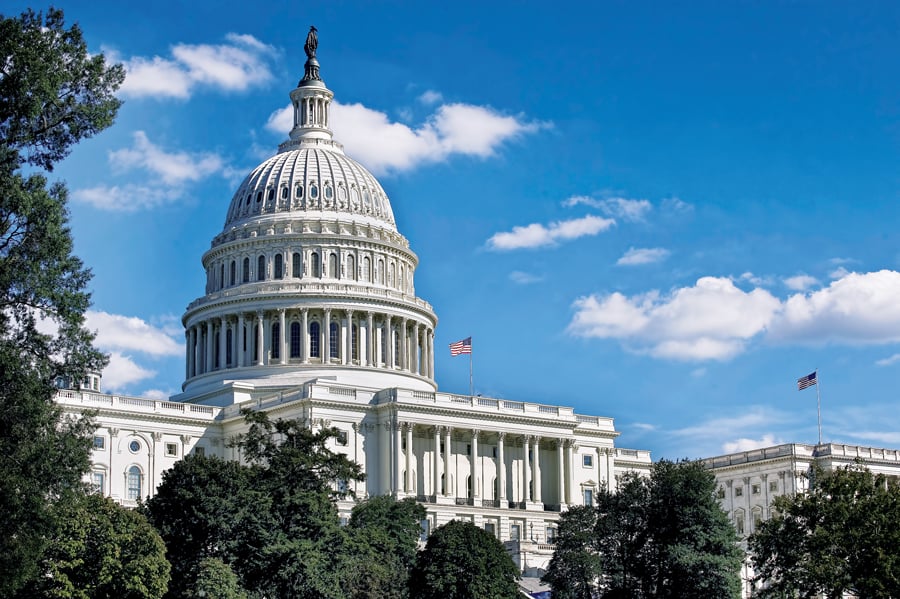

House Democrats are reviving changes to individual retirement accounts containing millions of dollars as lawmakers look to finalize the taxes on the wealthy to finance President Joe Biden’s agenda.
The changes included in a draft of the House bill released Wednesday place limits on the tax-advantaged accounts and give the Internal Revenue Service more oversight over them. The legislation, which House leaders say could get a vote as soon as Thursday, is not yet final and will likely undergo several more revisions as it moves through Congress.
The legislation would prevent contributions to traditional individual retirement accounts or Roth accounts once they reach $10 million and would require mandatory distributions for accounts that exceed that amount. The bill would also require accounts with at least $2.5 million to report their balances annually to the IRS.
The provision is prompted by concerns that wealthy Americans are using retirement accounts as powerful tax-avoidance vehicles. The most extreme example may be Peter Thiel, a billionaire who, according to a ProPublica report that cited confidential tax records, has amassed $5 billion in a Roth individual retirement account.
Despite rules that restrict contributions to retirement accounts, more than $279 billion sits in mega-IRAs, individual retirement accounts with at least $5 million each, according to Congress’s nonpartisan Joint Committee on Taxation.
Sen. Ron Wyden of Oregon, the chairman of the Senate Finance Committee, said Wednesday that he found the House action on “IRA abuse” interesting.
“It seems that the House has added a provision back in,” he said. “I’ll have to see all the details.”

Former Northwestern Mutual advisors join firm for independence.

Executives from LPL Financial, Cresset Partners hired for key roles.

Geopolitical tension has been managed well by the markets.

December cut is still a possiblity.

Canada, China among nations to react to president-elect's comments.
Streamline your outreach with Aidentified's AI-driven solutions
This season’s market volatility: Positioning for rate relief, income growth and the AI rebound
